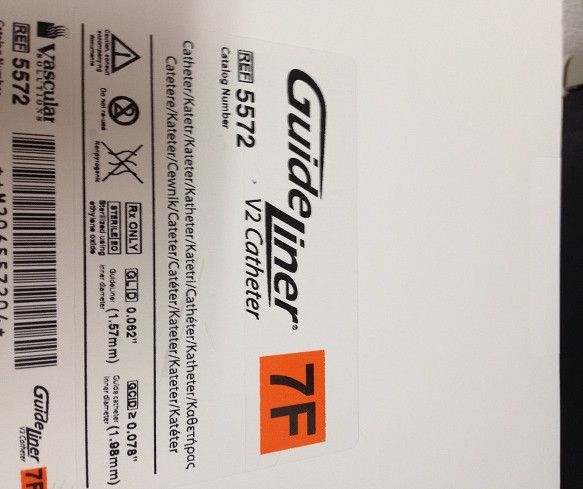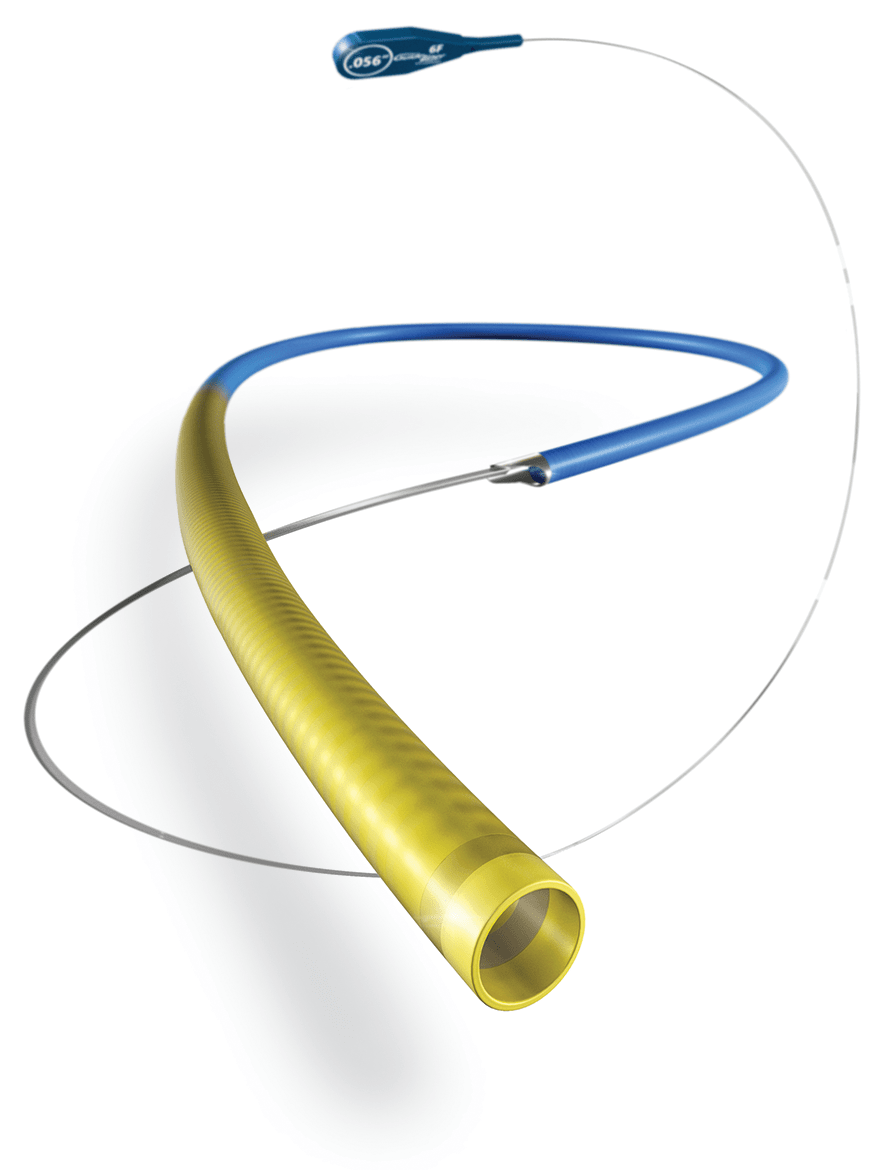
Easily recognizable by a short, strong curve that’s slightly smaller at the insertion point, a tapered tip allows the coudé catheter to more easily bypass enlarged prostates or navigating through strictures. Tapered Tip: These coudé catheters are the traditional and most common type of coudé catheters. The three main types of coudé tips are defined by the angle and length of the curved tip on the intermittent catheter. “Coudé” is French for the word “elbow.” The smooth, special curved tip of a Coudé catheter is designed to allow the catheter to pass beyond tight spots more easily.Ī Coudé catheter tip “allows the tubing to better navigate the natural upwards curvature between the bulbous urethra and prostatic urethra (as opposed to conventional straight catheters, which enter at a straight angle and can cause urethral false passages by trying to tunnel under the prostate).“ Types of Coudé tips on intermittent catheters The American Urological Association (AUA) defines a Coudé catheter as a catheter that has a curved tip. We invite you to contact one of our manufacturer-trained Urology Specialists to request additional samples of Coudé catheters for self-evaluation as you learn more below. Most healthcare providers will offer samples of intermittent catheters that have a Coudé tip when determining which style is most comfortable and effective for your individual use. Accessed December 1, 2021.With Liberator Medical™, you have access to one of the largest inventories of Coudé catheter supplies in the country. 2019 ESC guidelines for the management of patients with supraventricular tachycardia. Circulation, published online October 30, 2017. 2017 AHA/ACC/HRS guideline for management of patients with ventricular tachycardias and the prevention of sudden cardiac death. Journal of International Cardiac Electrophysiology, 59(1): 145–298. 2019 HRS/EHRA/APHRS/LAHRS expert consensus statement on catheter ablation of ventricular arrhythmias. 2015 ACC/AHA/HRS guideline for the management of adult patients with supraventricular tachycardia: A report of the American College of Cardiology/American Heart Association Task Force on Clinical Practice Guidelines and the Heart Rhythm Society. 2017 AHA/ACC/HRS guideline for management of patients with ventricular arrhythmias and the prevention of sudden cardiac death. The person may be awake during the procedure but may be sedated or asleep. This allows doctors to pinpoint exactly what tiny area of heart muscle to destroy.Ī local anesthetic is used at the site where the catheter is inserted. The procedure is done with an electrophysiology (EP) study, which can identify specific areas of heart tissue where the fast heart rate may start or where abnormal electrical pathways are located inside or outside the atrioventricular (AV) node.

Another option is to use freezing cold to destroy the heart tissue.Ĭatheter ablation is done in a hospital where the person can be carefully monitored.

This heat destroys the heart tissue that causes the fast heart rate. The electrode sends out radio waves that create heat.

There is an electrode at the tip of each catheter. They are threaded up through the vein and into the heart. Thin, flexible tubes called catheters are inserted into a vein, typically in the groin or neck. Catheter ablation is a procedure used to selectively destroy areas of the heart that are causing a heart rhythm problem.


 0 kommentar(er)
0 kommentar(er)
